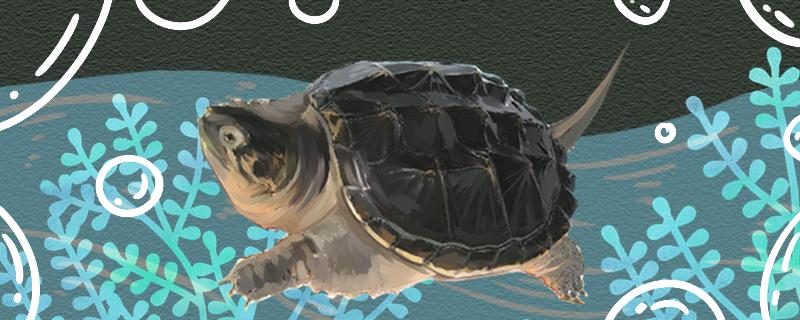 1. How do snapping turtles distinguish varieties
1. How do snapping turtles distinguish varieties There are two main varieties of snapping turtles, that is, big snapping turtles and small snapping turtles. However, the small crocodile turtle is divided into four subspecies, namely North American crocodile turtle, South American crocodile turtle, Sino-American crocodile turtle and Buddha crocodile turtle. These four kinds of crocodile turtle also have some differences. The following mainly introduces the difference between crocodile turtle and small crocodile turtle:
1. Look at the body shape: the body length of crocodile turtle in adulthood is mostly 60-70 cm, and that of small crocodile turtle in adulthood is mostly 30-45 cm. There are great differences between them in body shape.
2, look at the carapace: The carapace peak on the carapace of the big crocodile turtle is obvious, while the carapace peak of the small crocodile turtle is not obvious and looks round. Most of the colors of the big crocodile tortoise carapace are brown, while most of the colors of the small crocodile tortoise carapace are brown or black brown. Moreover, the belly of the big crocodile turtle has many tentacles, while the belly of the small crocodile turtle has only a few
3. Look at the tail: The tail of the big crocodile turtle is longer, and the tail of the small crocodile turtle is shorter. Moreover, the tail of the crocodile turtle has a serrated ridge, which is also called tail spine.
2. Can different varieties of snapping turtles be raised togetherDifferent varieties of snapping turtles are not recommended to be raised together, because both big snapping turtles and small snapping turtles are relatively large in size in adulthood, and there may be insufficient space when they are raised together. There is also the fierce character of crocodile turtles, so it may not be a big problem to raise them together in childhood. But as adults, their territorial awareness will increase, so there will be battles. In addition, crocodile turtles have strong metabolic ability. If two or more crocodile turtles are raised together, the water quality will deteriorate faster, which is not conducive to their growth.